Many B2B businesses are exploring ways to move online, but the idea of implementing digital commerce can feel daunting. Concerns about significant technology investment, changes to established processes that might impact employees, or the potential for eCommerce to deter customers are common…. An effective strategy exists to navigate these challenges and pave a smoother path to B2B digital commerce success: the Minimum Viable Product (MVP) approach….
What is an MVP?
In software development, an MVP strategy is about building the absolute minimum necessary and extracting the most value from that process. Instead of aiming for a complete, feature-rich product all at once, an MVP focuses on a core set of functionalities…. It’s a flexible, incremental, and iterative development process. Think of it as a deployment with the fewest possible features, designed for maximum learning, feedback, or even failure, which can then be learned from…. It is distinctly not just a prototype or an early version of a product.
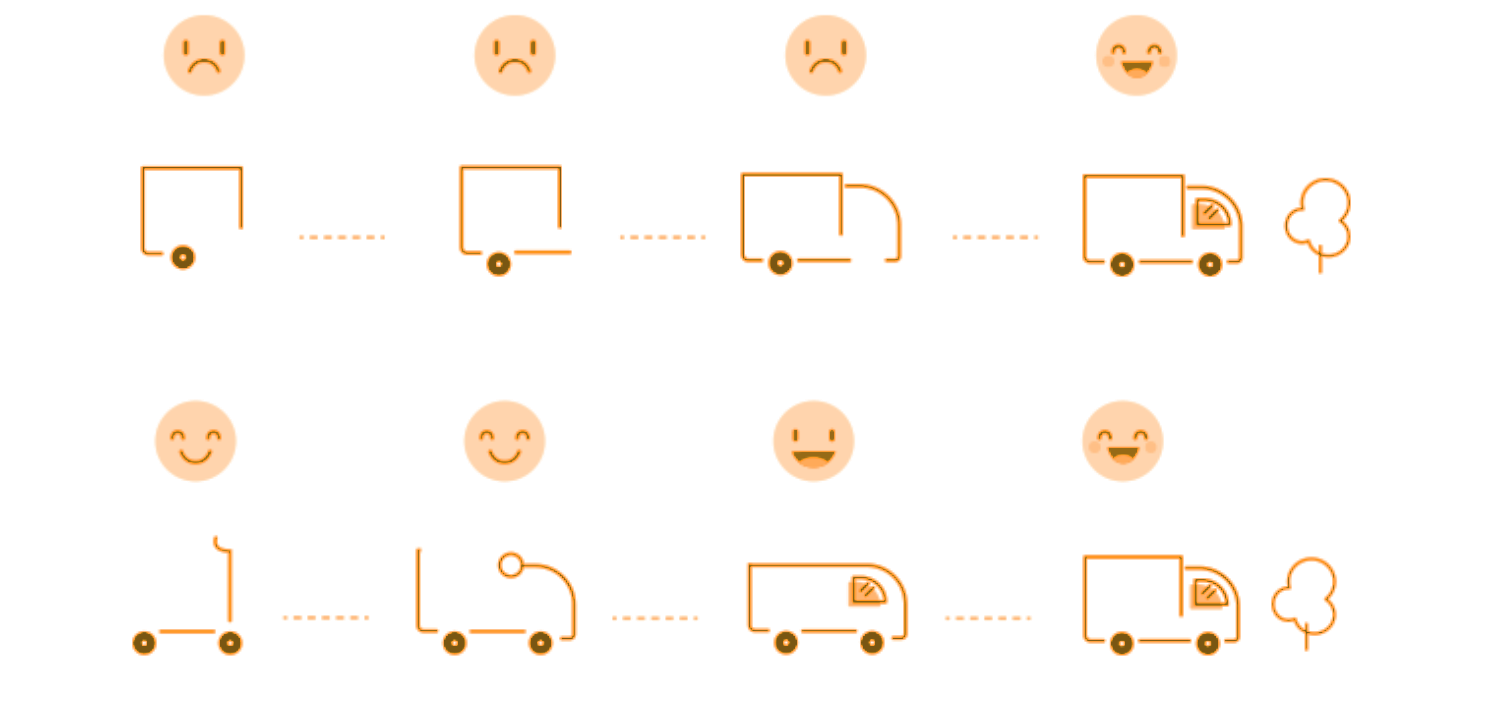
| An MVP Is : | An MVP Is Not : |
|---|---|
| A minimum effort for maximum learning, feedback, or failure. | A deployment with the fewest possible features. |
| A flexible, incremental, and iterative development process . | A prototype or an early version of a product. |
Why is an MVP Crucial for B2B eCommerce?
Adopting eCommerce in a B2B model is a significant undertaking because it impacts every facet of the business, transforming sales, marketing, operations, customer support, and customer experience. Unlike B2C, B2B eCommerce processes are often unique to each company, and system integrations can be far more complex. An MVP addresses many common fears by allowing businesses to dip their toes into the digital waters.
Implementing B2B eCommerce is more than simply adding a shopping cart; it’s a digital transformation aimed at improving organizational efficiency and gaining flexibility to adapt to changing markets. An MVP helps make these ambitious goals more achievable by translating lofty ideas into smaller, manageable components.
Key Advantages of the MVP Approach for B2B eCommerce:
Businesses choose the MVP approach for their digital commerce projects due to several compelling benefits:
- Places the Customer in the Center: Keeps the strategy aligned with rapidly evolving customer needs and expectations.
- Validates Ideas: Allows testing the core function and evaluating reception and user feedback to ensure you’re providing the desired experience, reducing wasted time and resources early on….
- Acts on Feedback: Collects crucial insights from users and stakeholders to guide development, building the desired experience without unnecessary features.
- Keeps Up with the Market: Reduces the risk associated with large projects with long planning cycles, helping businesses adapt in unpredictable markets.
- Saves Time: MVP projects focus on key features and prioritize quick turnaround, often taking only a few months to get an online portal running.
- Quicker Return on Investment: Speeds up user onboarding, leading to purchases sooner.
- Reduced Implementation Time: Features that don’t validate can be discarded during development, potentially shortening implementation.
- Faster Time to Market: Provides a first-mover advantage to build an online brand presence and gain competitive advantage.
- Saves Money: Maintaining focus on narrow goals efficiently uses company resources.
- Reduces Risk: The iterative, whole-company, and user-centric approach helps identify risks early and minimize their impact.
- Optimizes Costs: Focus during scope definition and feature prioritization translates to lower development and implementation costs.
- Provides More Options: Building on a solid platform allows adding features later as needs and the market evolve.
The MVP Process in Action
The MVP process typically follows an Agile methodology, leveraging a build-measure-learn feedback loop…. Here are the key steps:
1. Define Goals and Strategy: Start with a clear goal aligned with specific business needs. Map out associated workflows like customer journeys or order submission flows to guide feature selection…. Goals could range from enabling online purchasing, automating internal tasks, determining customer reaction before further investment, or creating a single source of truth.
2. Identify and Prioritize Features: Pinpoint areas in current processes that are inefficient or time-consuming and determine what features would improve them. Ask critical questions about the issue a feature solves, its business impact, and if a digital solution is the best approach. Prioritize features based on importance, difficulty, and value to MVP goals, always keeping users in mind…. The MoSCoW method (Must Haves, Should Haves, Could Haves, Won’t Haves) is a suggested prioritization technique.
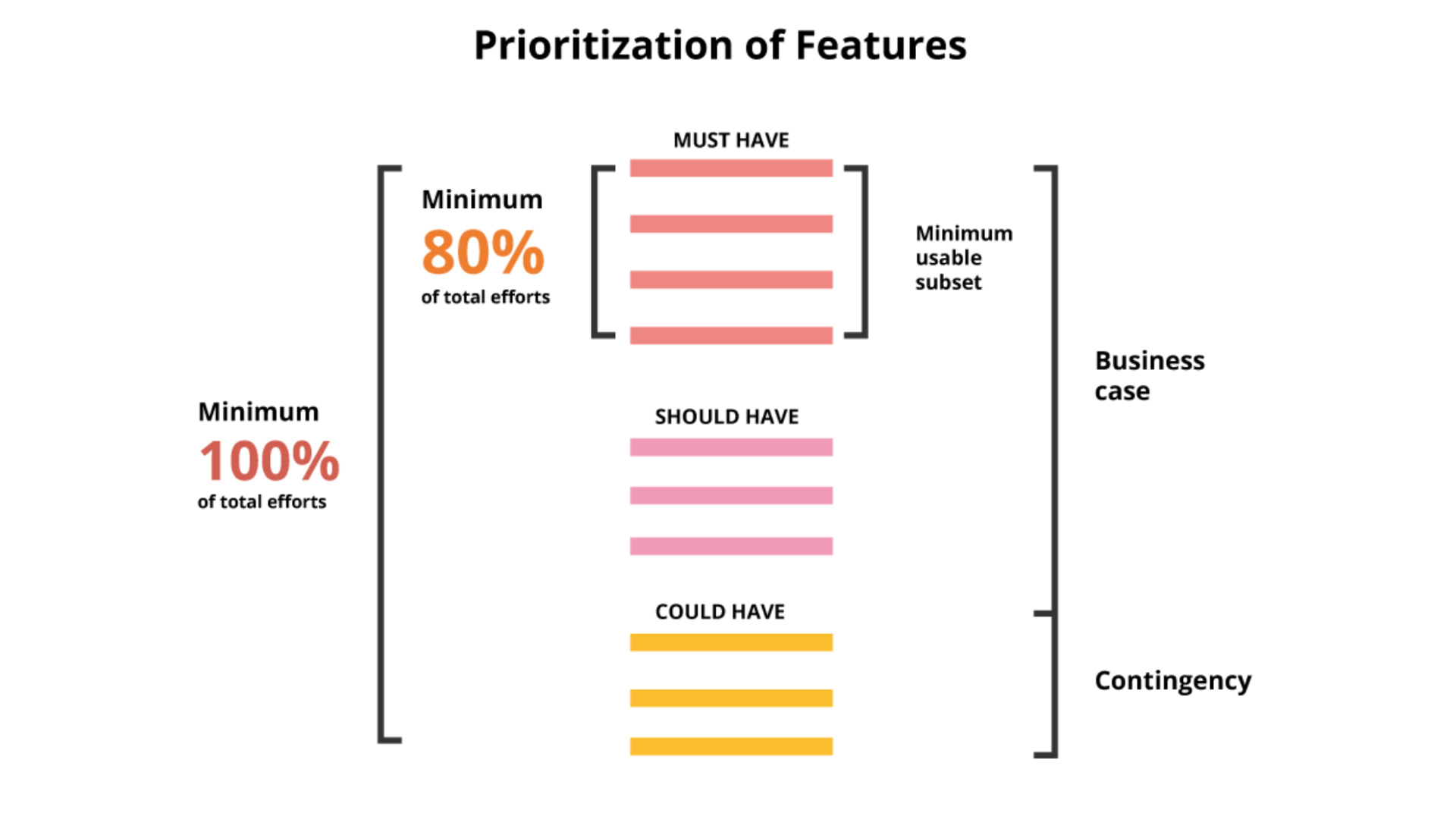
3. Select Your Implementation Tools and Team: Identify tools that can serve as the foundation for your MVP and support future iterations. Assemble a team with the right skills and an Agile mindset, potentially leveraging external experts if needed….
4. Implementation: This step involves addressing organizational challenges like cultural barriers and ensuring strong executive support and user involvement, which are crucial to avoid common IT project failures. Maintaining focus and sticking to the plan is essential for building a quality MVP.
5. Soft Launch: Release the project to a small group of users to gather feedback, test components, analyze user behavior data, and identify any issues before a broader release…. This minimizes the risk of widespread problems and provides valuable insights from a focused group….
6. Feedback Loop: Continuously use the build-measure-learn approach…. Based on data and validated assumptions from the soft launch and ongoing use, reprioritize features and adjust the MVP. Use the lessons learned in each cycle to inform the next iterations, building on success and avoiding unnecessary features.
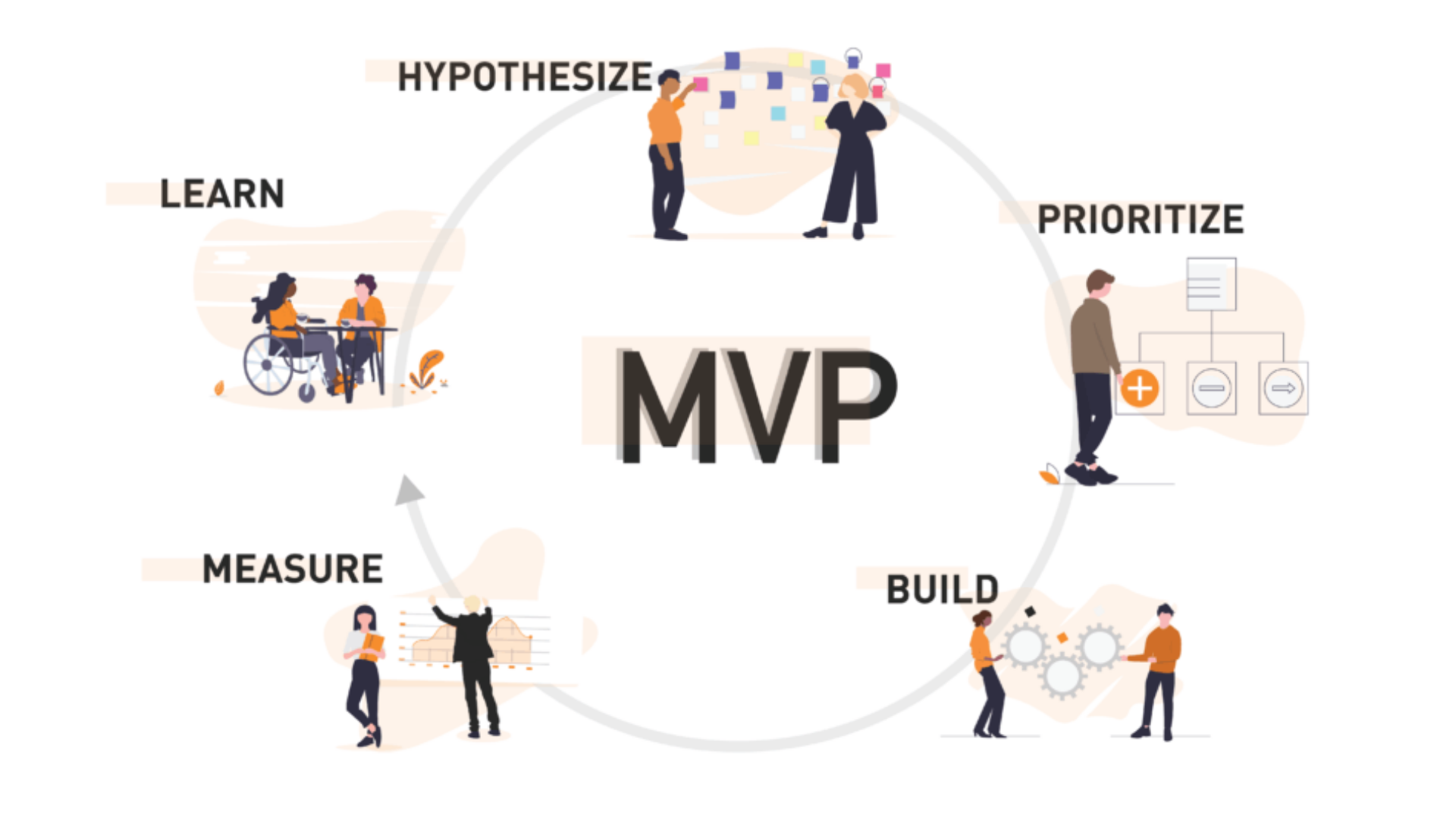
Common MVP Elements in B2B eCommerce
While each MVP is unique, many share common elements:
- Digital Storefront: Essential for testing customer readiness to purchase online. Focus on a clean, responsive design with recognizable branding, often achievable with a platform’s default theme. Importing product and customer data, potentially starting with partial or manual methods for beta testers, is also key….
- Integration with Business-Critical Systems: Connecting with systems like ERP, payment providers, or CRM is often necessary. Prioritize integrations central to daily operations. ERP integration is frequently a minimum requirement. Consider starting with partial or batch integrations to test data flow before implementing real-time syncs…. Mapping data flow and identifying essential data (inventory, pricing, products, customers, orders) are crucial.
- Backoffice Workflows Automation: Identify and automate time-consuming, manual tasks to streamline processes and gain employee acceptance…. Focus on workflows that bring the greatest value, such as onboarding or RFQ processes.
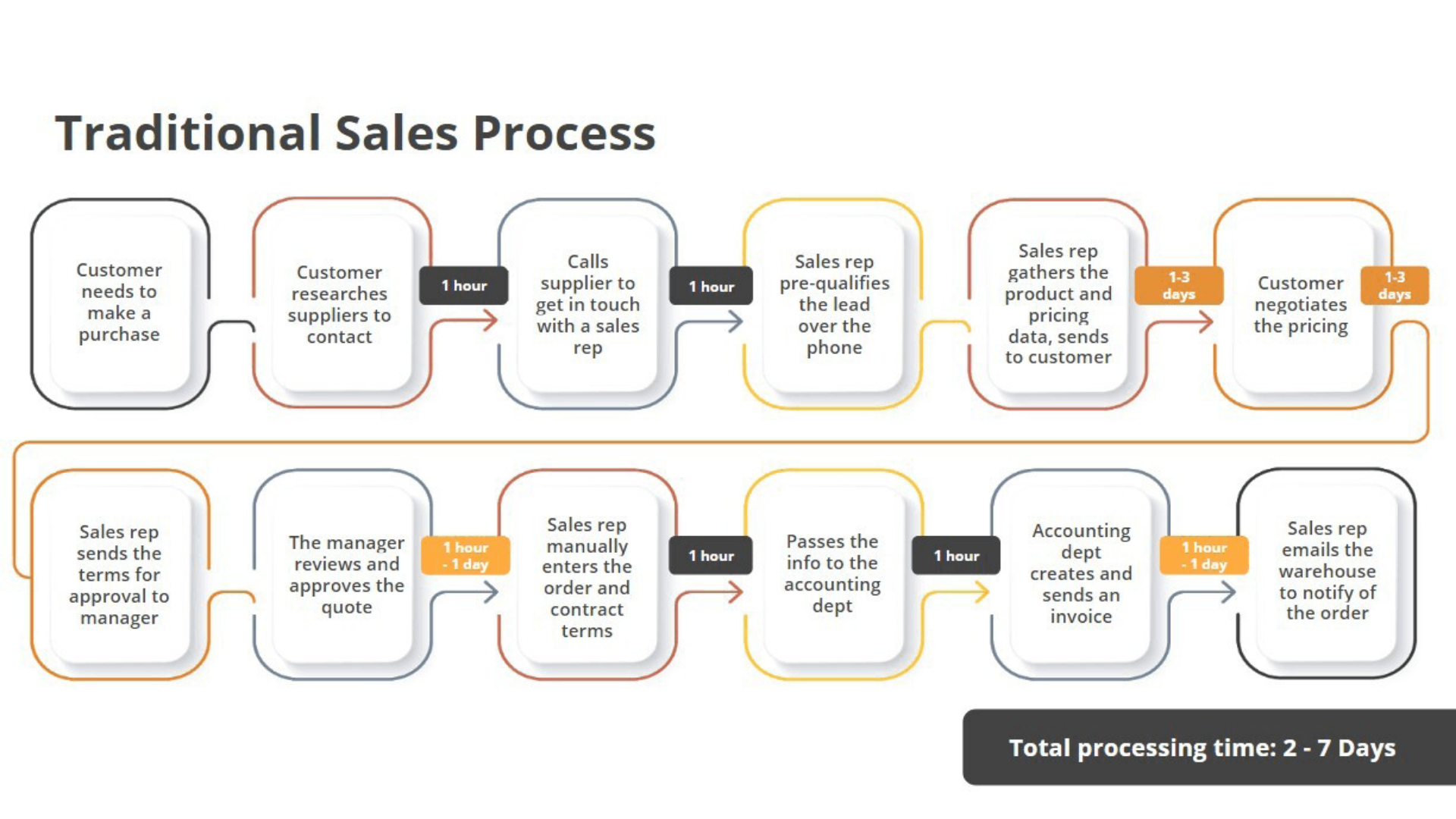

- Other B2B-Specific Features: Include essential capabilities that support the unique B2B customer journey and sales process, such as user-defined account structures, enhanced search/filtering, or dynamic pricing adapted to B2B needs….
Choosing an MVP-Friendly Platform
To successfully implement a B2B eCommerce MVP, choosing the right platform is crucial. Look for a platform designed specifically for B2B, not one repurposed from B2C. Key characteristics include:
- Separate Components: A modular architecture allows features to be switched on/off and built incrementally.
- Technology stack and consultants: picking the right technology consultants and developers is key as the MVP is a highly functional tool personalized for your business.
- Decoupled Front- and Back-end: Offers more flexibility for development iterations, allowing focus on one area (like the back-end) while keeping others (like the front-end of multiple brand sites) intact.
- Out-of-the-Box Capabilities: A vendor with a dedicated B2B focus should offer native B2B functionality that covers a significant percentage (ideally 70-80%) of your needs….
- Flexibility to Customize: The platform must allow customization to support the feedback and improvement loops that are central to the MVP process.
Case Study: Werner Electric’s Successful MVP
Werner Electric, an electrical distributor, serves as a successful example of a B2B eCommerce MVP implementation. Despite being in a traditionally offline industry, they sought to enhance their customer experience, which their legacy system couldn’t support, particularly regarding B2B pricing and personalization.
They chose the OroCommerce platform for their MVP, allowing them to test new ideas while their legacy system supported existing customers. Their MVP specifically included:
- Real-time, dynamic pricing for customers and partners….
- ERP integration covering inventory, products, and pricing data….
- A partial import of their product catalog….
- A usable front-end design.
They used a soft launch with selected loyal customers to test the implementation and gather feedback before a wider release…. This approach allowed them to iron out issues and gave employees time to become comfortable with the new platform…. Werner Electric’s MVP reduced costs and technology investment while enabling better cross-departmental collaboration.
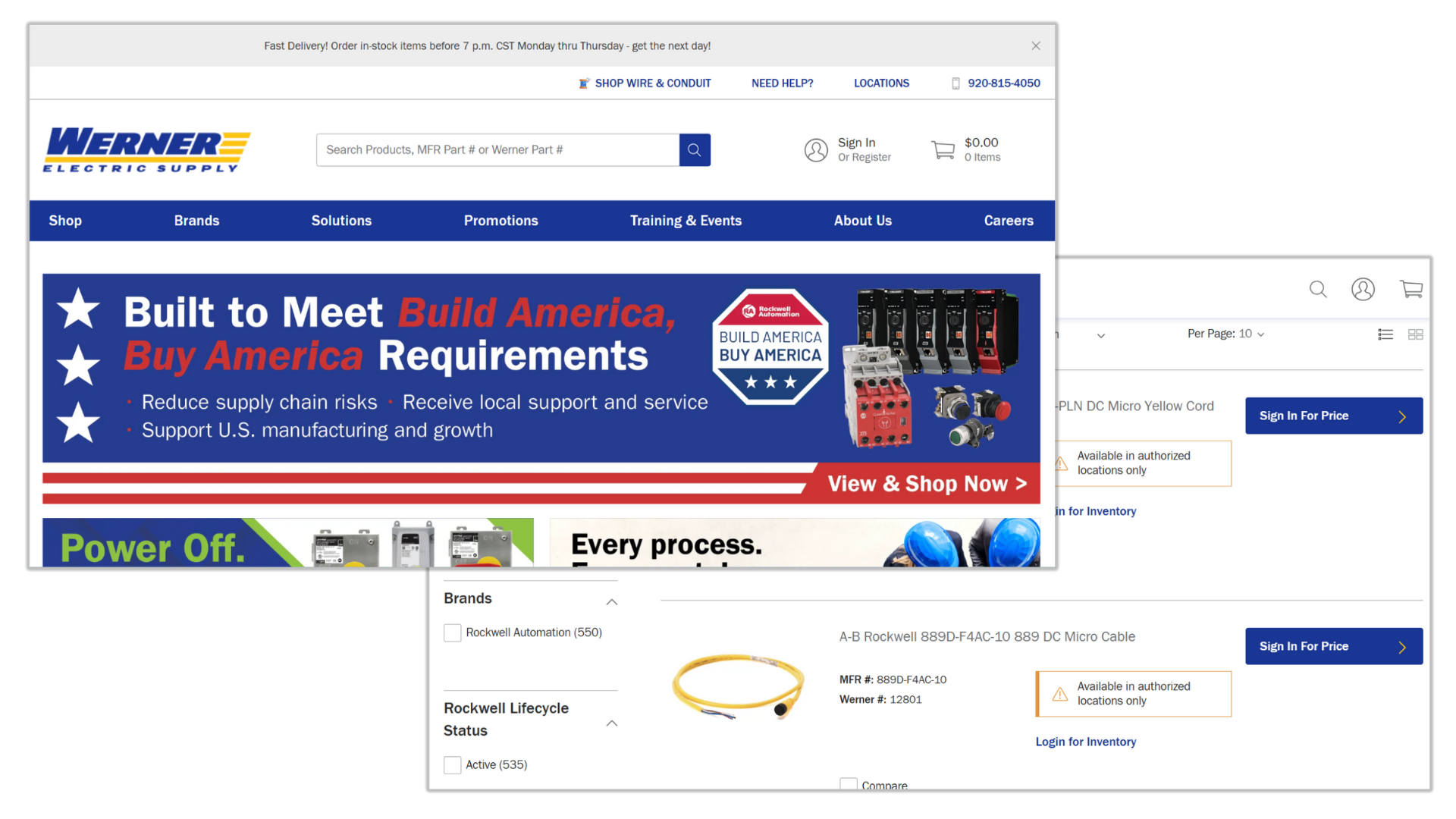
How OroCommerce Supports the MVP Approach
OroCommerce is highlighted as a platform built specifically with the needs of B2B eCommerce in mind. It is described as an open-source solution with a robust, modular design suited for fast time to ROI. Its architecture is engineered for B2B, offering separate components…, a decoupled front- and back-end option…, and extensive out-of-the-box B2B capabilities…. This flexibility and native B2B functionality make OroCommerce well-suited to support the iterative, feedback-driven development required by an MVP approach…. It can handle various eCommerce scenarios, from B2B to B2C, and supports integrations and features essential for complex B2B operations….
Implementing a B2B eCommerce MVP is not just cost-effective; it’s a strategic way to build a solution that meets your exact needs while continuously learning and adapting.
Feeling inspired? Contact Ekino Vietnam to experience for yourself how replatforming to a solution built for B2B can boost your business’s bottom line.






